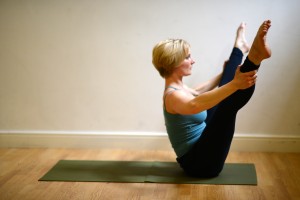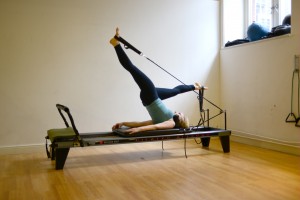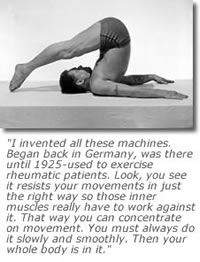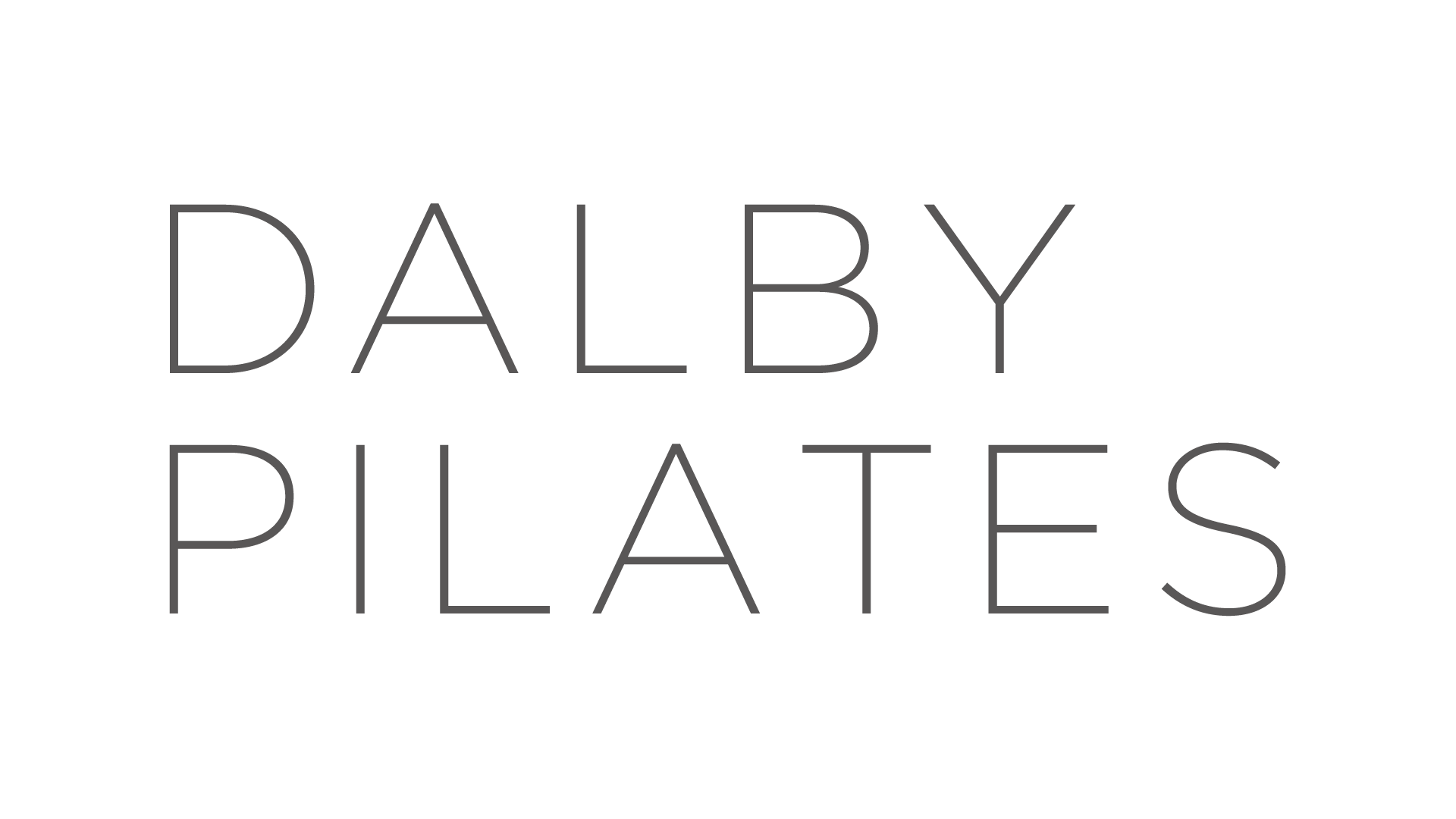 Pilates has been incredibly popular in the UK for the past 30 years. It has grown and developed and become a staple of the exercise industry. Many people have been recommended to do Pilates for a variety of reasons, but many do not take up this advice because they do not know what it actually is.
Pilates has been incredibly popular in the UK for the past 30 years. It has grown and developed and become a staple of the exercise industry. Many people have been recommended to do Pilates for a variety of reasons, but many do not take up this advice because they do not know what it actually is.
Pilates was created by Joseph Pilates (yes that is actually his surname!), who was born in Germany in 1883. Joesph was a very sickly child suffering from rickets, asthma and rheumatic fever. He in fact was so ill that the doctors at the time said he would not live very long. This spurred Joseph to get as fit as possible and train in Yoga, boxing, weightlifting and martial arts. Before the first world war, he had relocated to England to teach fitness, martial arts and self defence, once the war broke out he was confined to to working as a nurse in an Lancaster infirmary.
It was here (yes in good old England!) where ‘Pilates’ as we know it was essentially born. Using his wide fitness knowledge and experience, Joseph helped the injured by attaching straps and springs to their beds so they could exercise and rehabilitate back to good health. If you take a look at the Pilates apparatus you can easily imagine see their origin. In 1926 Joseph moved to New York and it was here that his work developed further and he opened his first studio around the corner form New York School of Ballet. This was to be the beginning of a close and long relationship between dance and Pilates. This time in New York was incredibly exciting as the ‘forefathers’ of Contemporary dance and Ballet such as Martha Graham, Rudolf Von Laban and George Balanchine were among his fans and sent reams of dancers to his studio to develop their mind, body and spirit connection.
The students of Joseph carried his work after he passed away in 1967 which continued to spread and expand. Over the years, Pilates has evolved and people have adapted the method and combined their own ideas with it. Nowadays scientific research has strengthened the profile of Pilates clearly proving how beneficial it is to the body. That is a short summary of the history of Pilates, now lets see what it can do for you;
Summary – Pilates has six fundamentals; breathing, control, flow, concentration, precision and centring. All the exercises combine these principles to develop strength, posture, balance, flexibility, co-ordination and mind, body, spirit connection. Pilates comes in three main formed. Mat Pilates – all exercises are performed on a mat. Reformer Pilates – exercises performed on a reformer (which is actually classed as a piece of apparatus). Pilates with apparatus – exercises performed on other large pieces of equipment.
Good for? All ages and abilities but pick a class that is suited to beginners if it is your first time. If you want to strengthen, tone-up, increase your flexibility Pilates it is perfect for this. If you suffer from back pain or stiffness Pilates can do wonders for this, just make sure your instructor knows your history and they can ensure you do the exercises properly and safely.
 Be careful if… you are relying on it to loose weight. Pilates (unless combined with something else), is not an aerobic exercise in its essence, although it compliments weight loss and more high intensity classes are aerobically harder, you will need to do something else such as running or spinning. If you go to reformer classes, yes a loss of weight can occur as you’re working against external weight and classes tend to have a more aerobic element. Do not forget though that an increase in muscle strength elevates your metabolism, which means your body naturally burns more calories per minute. The other thing to be careful of is you have osteoporosis or osteoarthritis or severe scoliosis. You can still do Pilates but you need to speak to your trainer before hand as some exercises will not be suitable.
Be careful if… you are relying on it to loose weight. Pilates (unless combined with something else), is not an aerobic exercise in its essence, although it compliments weight loss and more high intensity classes are aerobically harder, you will need to do something else such as running or spinning. If you go to reformer classes, yes a loss of weight can occur as you’re working against external weight and classes tend to have a more aerobic element. Do not forget though that an increase in muscle strength elevates your metabolism, which means your body naturally burns more calories per minute. The other thing to be careful of is you have osteoporosis or osteoarthritis or severe scoliosis. You can still do Pilates but you need to speak to your trainer before hand as some exercises will not be suitable.
Good tip – It is probably a good idea to try some mat Pilates classes first and then try the other forms. With the mat Pilates you will be introduced the basics such as how to engage your pelvic floor, lateral breathing, imprinted and neutral spine positions. Pilates classes differ and depending on the training of the instructor, they will focus on slightly different aspects of the Pilates method. Try a few out and you will see the subtle differences.
The thing I will say is that some people I know have found Pilates to be ‘too slow’. Well concentration is essential with Pilates so you can activate and engage the correct core muscles. This does not always happen easily straight away as you are trying to engage the very deep abdominal muscles. You need to practise this and try at least 6 classes before you decide it is not for you. Not many other forms of exercise will teach you how engage your pelvic floor and core muscles as effectively as Pilates. Once you have mastered this basic engagement you will be able to do lots of cool and fun exercise sequences like the one below! Do not forget though that the benefits stay with you in your everyday routine and will help your body stay fit and strong throughout your life. Trust me, you have to get some Pilates in your life!
[youtube]http://youtu.be/DVOCjN_4ZwI[/youtube]

